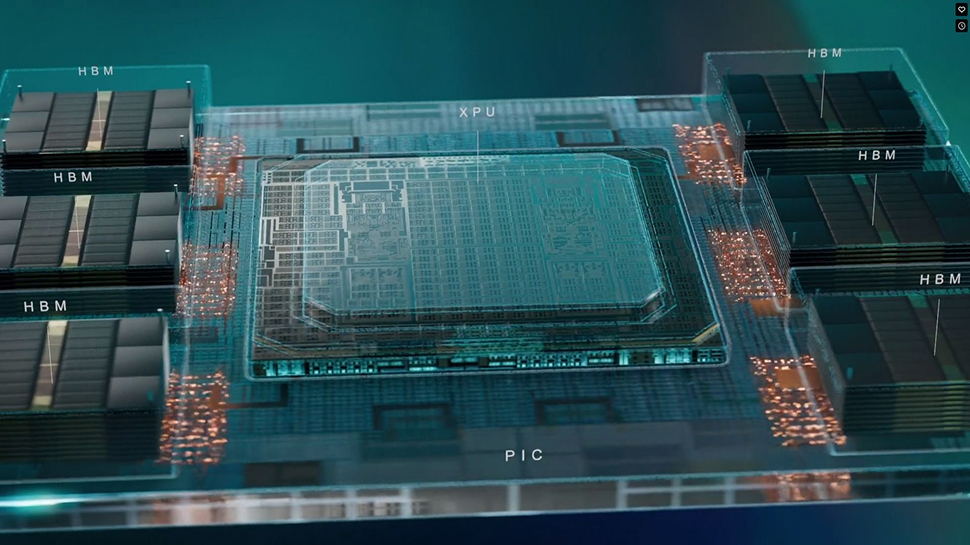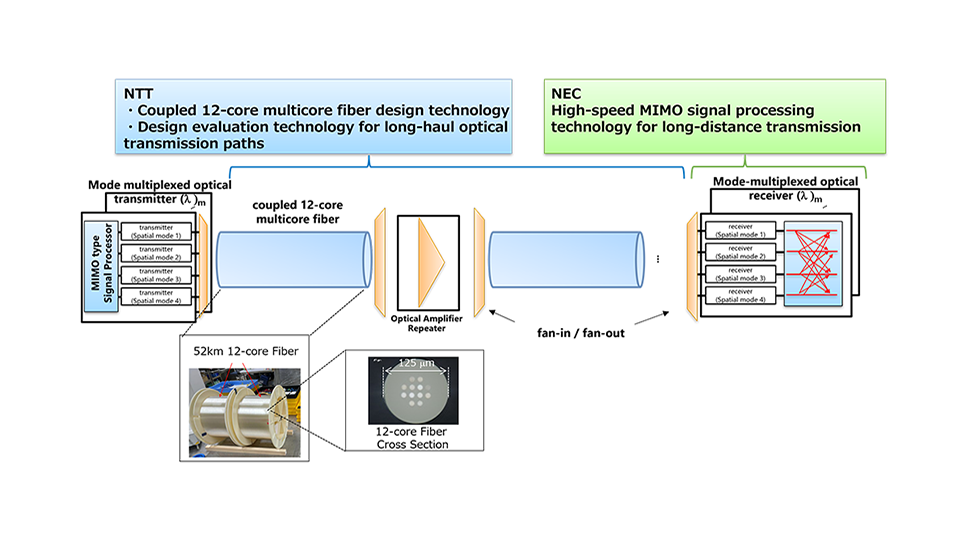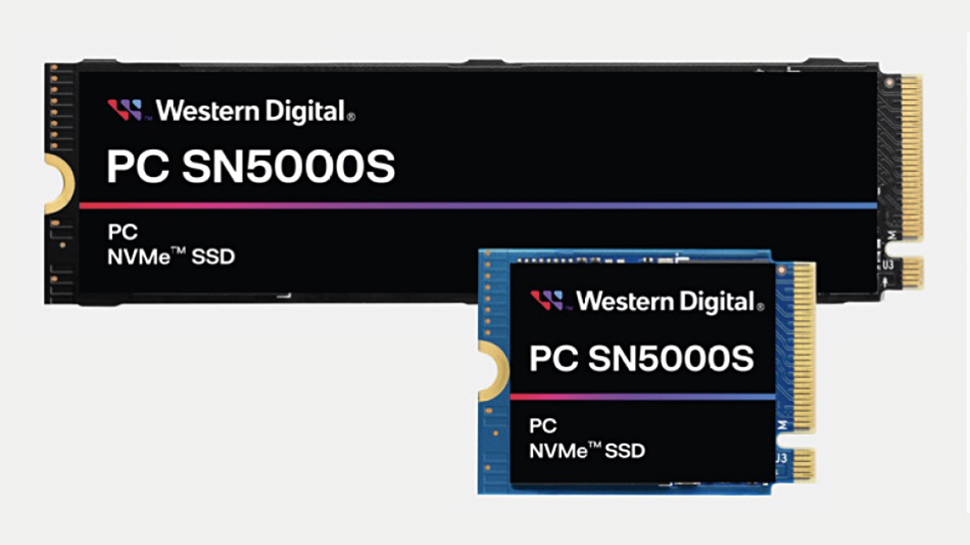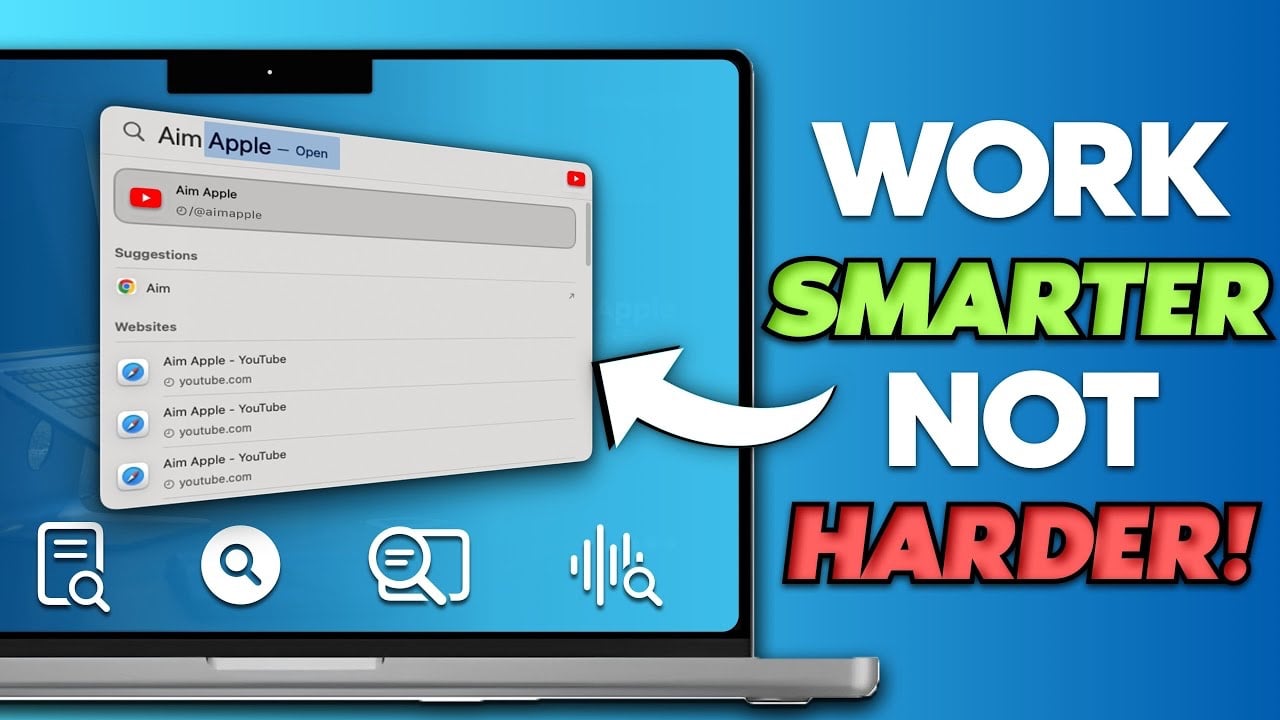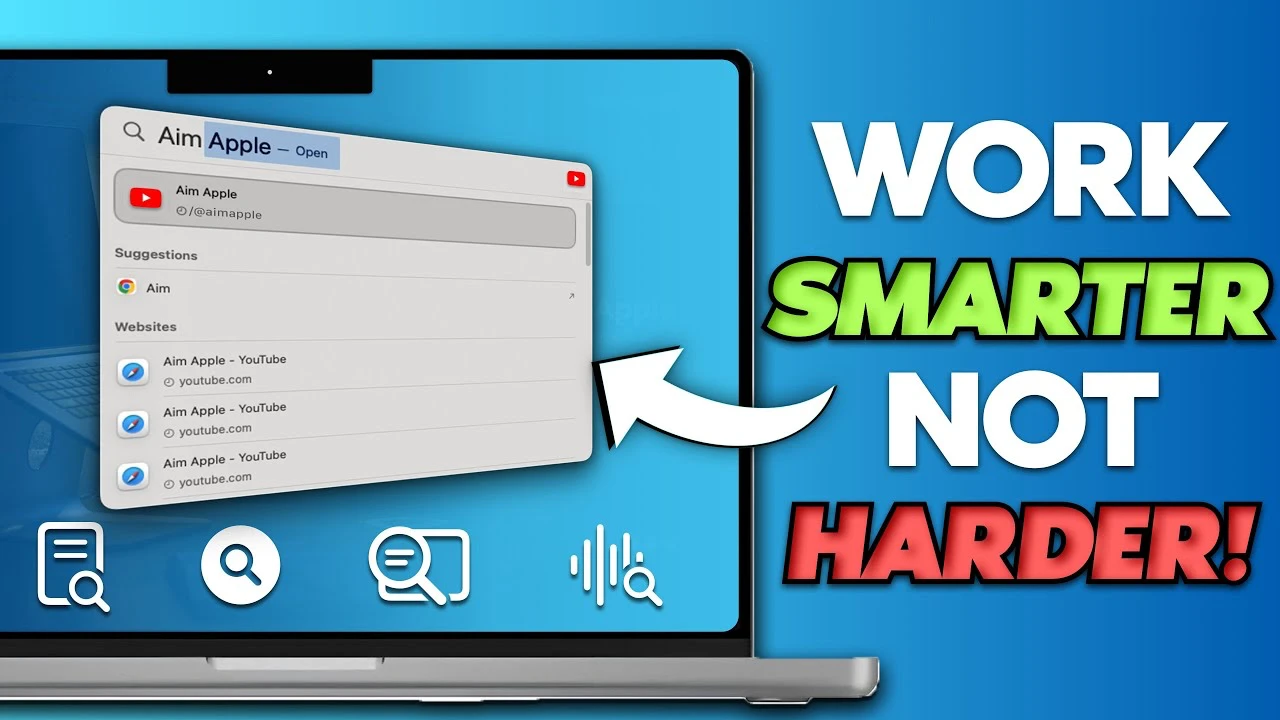[ad_1]

Photo: Plugable
Plugable AD-6IN1 is a six-port hub designed specifically for iMac that connects to the desktop’s stand so it doesn’t clutter up the user’s desk. It can even be used as a small shelf.
In addition, Plugable introduced a small USB-C Ethernet adapter that can also supply power to a notebook or tablet.
This post contains affiliate links. Cult of Mac may earn a commission when you use our links to buy items.
Plugable AD-6IN1 hub cuts the clutter
A hub adds useful additional ports to your computer, but it can also add to the litter on your desk. Plugable dreamed up a design that avoids that drawback. For iMac users, anyway.
The AD-6IN1 mounts on the stand of the iMac so it’s up off the desk. Rather than adding clutter, it’s. a place for light items such as AirPods.
There’s a USB-C 10Gbps port, a USB-A 10Gbps ports, two slower USB-A ports, and paired SD/microSD card readers. And these face toward the user (unlike the iMac’s own).
“Having seen firsthand the frustrations of cluttered desktops and limited connectivity options, we wanted to seamlessly integrate into the iMac experience with the AD-6IN1,” said Lynn Smurthwaite-Murphy, CEO of Plugable.”It isn’t just about expanding ports, it’s about having a natural extension of the device.”
The iMac hub costs $39.95. It’s exclusively at Amazon.
Buy it from: Amazon
Plugable USBC-E2500PD adds Ethernet to MacBook Air or iPad
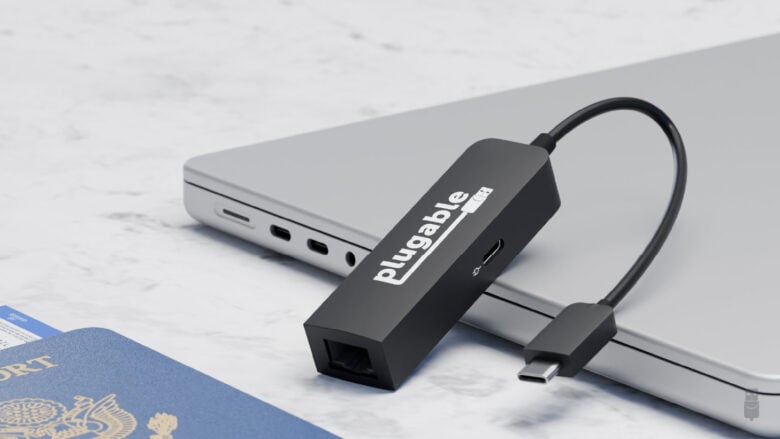
Photo: Plugable
Adding Ethernet to a MacBook or iPad can take up a valuable USB-C port. That’s a potential problem with MacBook Air that has only two such ports, and iPad has only one.
Plugable USBC-E2500PD is an Ethernet adapter that supports connections up to 2.5Gbps. And it can simultaneously power up the computer at up to 100W via a built-in USB-C port.
The accessory is available now for $29.95.
Buy it from: Amazon
It supports macOS, iPadOS, iOS, Windows 10 or later and ChromeOS.
[ad_2]
Source Article Link





